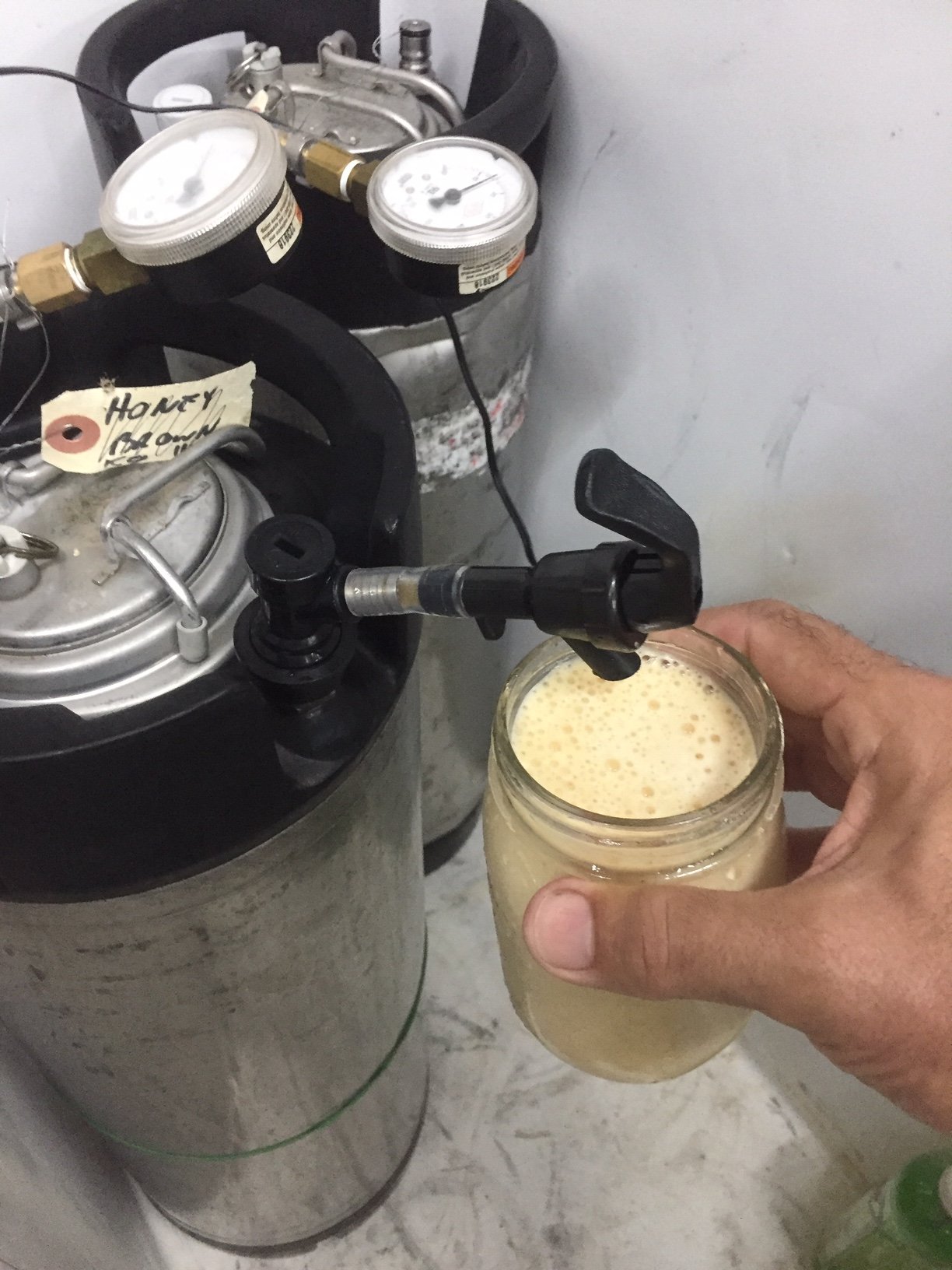ok, when you ferment and serve in the SAME keg, all the yeast will fall and pack down on the bottom.
REGULAR DIP TUBE: If you are using the regular dip tube, the first pint or two will blow a lot of that yeast out. So you tap that yeast into a mason jar BEFORE drinking the keg and save it for another day. After a pint or two, the area around the dip tube will be clear and you can enjoy clear beer. When the keg finishes, there is still some yeast cake stuck to the bottom, but not around the tube. Not enough to harvest but enough to dump fresh wort on it. Just brew a similar beer and dump it in. No cleaning necessary.
FLOATING DIP TUBE: if you are using a floating dip tube. All the yeast stays compacted at the bottom as you drink the beer. So you tap that yeast AFTER drinking the keg. At the very end, you will probably get a yeasty pint, so that is your "warning". STOP DRINKING, remove the keg and give it a nice shake to stir up the yeast cake. tap the yeast into a mason jar and save it for another day. there will still be plenty in the keg to dump fresh wort onto.
View attachment 813896View attachment 813897




